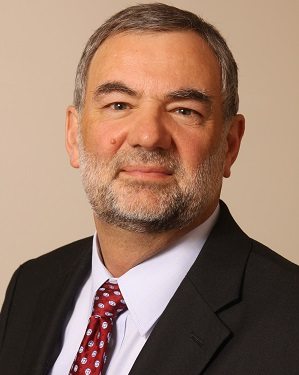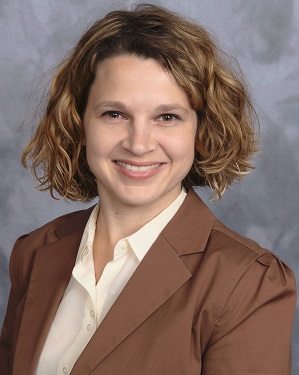HIXNY: Palliative care – Pulling the Pieces Together
George Giokas, M.D., chief medical officer of St. Peter’s Health Partners (SPHP) palliative care service line, Palliative Care Partners, along with SPHP palliative care physician Catherine Adams, M.D., were featured in a recent story published by nonprofit health information exchange Hixny.
Palliative care focuses on relief from pain, the symptoms and the stress of serious illness with a goal of improving quality of life for patients and their families. It is a team-based approach, involving specialty-trained doctors, nurses, and social workers who work with the patient’s other health care providers to offer an extra layer of support.
From the article:
George Giokas, M.D.
While hospice includes the same sort of care, there is one big difference. Hospice focuses on patients with terminal illnesses whose focus is primarily on comfort. Palliative care is for anyone with a serious illness, regardless of prognosis or treatment plan decisions.
“There are many more people who have to cope with multiple serious illnesses and are not at the end of life,” said George Giokas, MD, Chief Medical Officer of Palliative Care Partners, a service line connected with St. Peter’s Health Partners. “They benefit from the extra support of a team to focus on relieving their symptoms, improving their quality of life and determining how treatments can best accomplish what matters most to them. In this way, palliative care can have a real effect on the patient experience.”
Catherine Adams, M.D.
Catherine Adams, MD, a palliative care physician at St. Peter’s Health Partners, has seen it firsthand.
“One of my patients was a very active gentleman in his late eighties who developed kidney failure and had started on dialysis,” she said. “He had come to the hospital with terrible back pain which he felt wasn’t being addressed; as a result, he had started to refuse dialysis, knowing that this would end his life. We talked about what gave his life meaning and engaged his large family in discussions about how some of his goals could be achieved. We worked on treating his back pain and increasing his mobility. Eventually, he decided to resume dialysis, knowing that he would have to make some modifications to his prior lifestyle, but feeling that he could find new ways to enjoy life and the outdoors with the support of his friends and family.”
Click here to see the full article.









